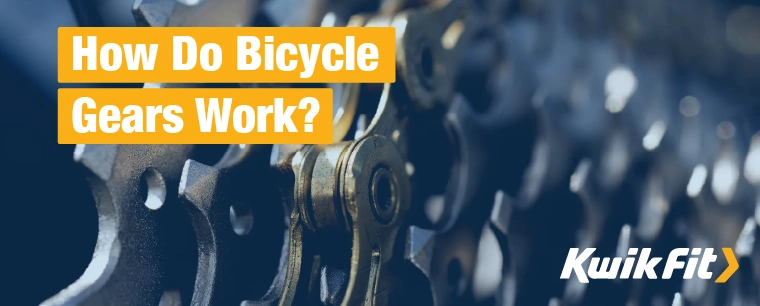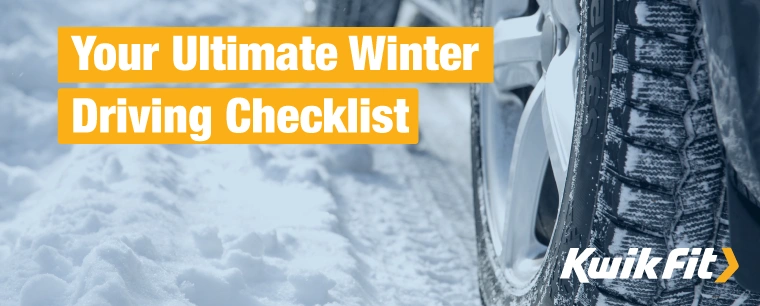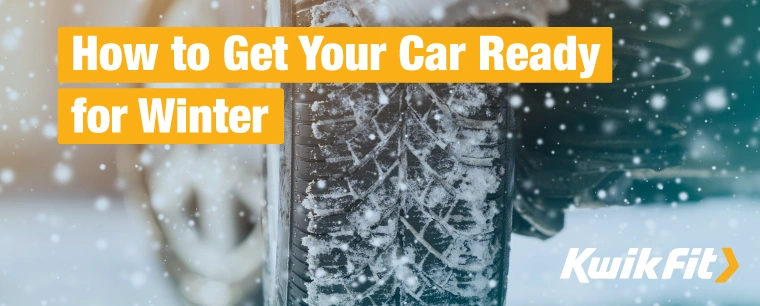How Do Bicycle Gears Work?
Jack Dreyer | Friday 6th October 2023 12:30pm

Before the invention of bicycle gears, riders of penny farthings would have to deal with what’s known as ‘direct drive’ riding – which meant that what they put in with their legs is what they got out going forward. This isn’t such a problem on flat surfaces, but imagine going up or down hill: you very quickly find yourself in a situation where you’re either passing out from exhaustion trying to fight gravity, or you’re passing out from the g-forces pushing you very quickly downhill!
Bicycle gears have made life significantly easier for cyclists and have enabled the bicycle to be one of the most efficient modes of transport ever invented. But how do bike gears actually work?
Well, we’re going to have to get into some mechanics, but we’ll also benefit from quickly learning about the history and parts of bike gear systems.
What types of bicycle gear systems are there?
While there have been numerous types of gear system historically, the most common gear system in use today is the derailleur system that lets you shift up or down gears while still pedalling. Previously, riders would have to stop pedalling or dismount entirely in order to shift gears for easier downhill or uphill cycling.
The derailleur system was invented in the late 30s and has been improved upon significantly since then with variations and innovations which make use of modern technologies.
Let’s look at the parts on modern systems.
Parts of modern bike gear & chain drive systems
Fundamentally, there are the “gear” cogs, a chain, and some way of shifting the chain. Here are the parts:
Shifters
These are on the handlebars. Exactly what they look like and exactly where they are varies based on individual manufacturer designs but, fundamentally, these are used to shift gears up or down.
If you’re riding an older bike, you might actually find that these are located on the downtube (the section of frame that goes down to the pedal spindle from the head tube).
Cassette
At the rear wheel, you’ll have a number of increasingly-small cogs. This forms one part of the gear ratio mechanism. The actual number of cogs varies based on how many gears your bike has.
Chainrings
This is the collection of cogs that the pedal spindle goes through. The chainrings are turned by the pedal spindle.
Chain
This perhaps goes without saying but the chain is what connected the chain rings to the cassette at the back. When you pedal forwards, the spindle turns the chainring assembly. The teeth of the chainring cogs hold onto the bike chain, pulling it around and causing it to turn the cassette (and therefore the back wheel).
Derailleurs
These are the fancy mechanical things at the back and front of the bike: on the cassette and the chainring assembly. These literally mean “derailers” because they “derail” the chain from one cog and “rerail” it onto another.
How do derailing gears actually work?
The Shimano-style “indexed” derailleur system works through a cable that is either tensioned or relaxed a certain amount when you turn the shifter left or right. The increased or decreased tension on the gear cable causes the derailleur to move in or out from the cassette or chainring one ring at a time and therefore shift the chain up or down a gear at a time.
If you have poorly tensioned gears, this can actually cause the chain to slip between gears unexpectedly, or require you to shift two gears on the shifter before the derailleur moves the chain (at which point it usually shifts the chain wrongly between 2 cogs).
Hyper-modern bikes now don’t even have cables! Instead, electronic and wirelessly-connected systems use motors to move the derailleurs in or out. This solves the problems of cable tension but, of course, can introduce the new problems of batteries running out when you least want them to!

What are gear ratios?
We don’t necessarily need to get into the deep maths of gear mechanics here but, in essence, gear ratios are expressions of the relative ease with which you can pedal because it expresses how frequently two things are rotating relative to each other.
In a chain drive system found on bicycles, you have to pedal the front cog assembly in order to turn the back assembly.
If the cogs that you’re using are the same size on both the front and back (that is, the same diameter and number of teeth), then you’ll have what’s called a 1:1 gear ratio. This is reasonably easy to pedal on a flat surface (as the penny-farthing riders could tell you) but becomes harder to pedal up or down hill.
Higher gear ratios, ones where the front cog is bigger than the back cog result in the back cog turning at a faster rate than the front one.
For example, in a 1:4 ratio, assuming 4 represents the drive cog, pedalling a single rotation of the front cog turns the back cog 4 times. This is actually harder to pedal from static because you’re having to put in enough force to rotate the back wheel 4 times (don’t forget that you’re having to fight against friction and gravity when static), but makes things much easier when you’re going at speed.
How to use bicycle gears efficiently
While bike gears were invented to help cyclists navigate uphill & downhill sections more easily, you can also use them to increase your speed when on a flat surface.
The smallest cog at front paired with the biggest at back is, as you may have deduced from the section on gear ratios, the easiest gear to pedal with. Use this for steep sections of cycling or if you want to get started from stationary easily (such as at a junction).
The reason for this is that the pedal spindle can rotate reasonably freely, the back wheel can’t because it has to be in contact with the ground.
Now, if you’re going downhill then increasing the gear ratio will enable you to still pedal at the same rate as you usually would – which means that more force gets converted to propel you downhill. Otherwise, the rotational rate of the wheels and cassette assembly increases to the point that you can’t keep up with cycling – you then end up freewheeling.
If you’re trying to increase speed on a flat surface, start in an easy-to-pedal gear, and gradually shift up. In the same way as going downhill, this lets you make use of your accumulated momentum to propel you even faster! Be sure to watch your speed, however, and remember to be mindful of the roads you’re using.
Need your bike serviced or repaired?
If you’re having problems with your bike gears, we’ve teamed up with the bike repair & maintenance specialists, Fettle, to offer you world-class services right in your local Kwik Fit. Find your nearest Fettle station here.
Any facts, figures and prices shown in our blog articles are correct at time of publication.
Featured Articles
Is Your Car Battery Ready for Winter?
Monday 11th November 2024
Is the UK on the verge of ‘the coldest winter for 50 years?’ Even if El Niño doesn't hit the UK this winter, reduce the risk of a winter breakdown by making sure your car battery is winter-ready.
Your Ultimate Winter Driving Checklist
Monday 31st October 2022
Driving in the colder months presents many challenges. Breakdowns are far more common in winter, so make sure you’re prepared with these essentials.
How to Get Your Car Ready for Winter
Wednesday 28th September 2022
Winter can be a harsh season for your car but planning ahead by carrying out some basic maintenance and packing some essential kit should help you avoid a winter breakdown.







